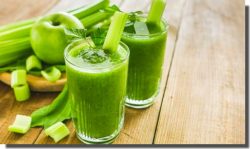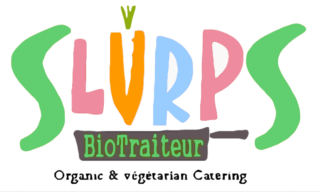What a healthy food, to be consumed without moderation.

In fact, fruit and vegetables can combat diseases such as cancer, cardiovascular disease and diabetes.
Beet
Beets (the vegetable version – red – not the version used to produce sugar) are one of the best sources of betaine and folic acid, nutrients that reduce the risk of cardiovascular disease.Quick recipe: Mix a few peeled beets with a tablespoon of olive oil and the juice of half a lemon.
Cabbage
A glass of these crunchy leaves (22 calories) is packed with sulforaphane. Sulforaphane stimulates the production of enzymes that suppress the free radicals that damage our cells and cause cancer.
Prune
They contain large quantities of neochlorogenic and chlorogenic acids, antioxidants that effectively protect against cancerous tumors.
Bette.
Half a glass of this green vegetable, cooked, contains 10 mg of lutein and zeaxanthin, carotenoids that protect against retinal damage.
Guava
Guava has a higher concentration of the antioxidant iycopene, which can reduce the risk of cancer, even more so than tomatoes and watermelons, which are also considered highly beneficial.

Spinach
Spinach contains lutein and zeaxanthin, carotenoids that help stave off macular degeneration, a major cause of blindness in the elderly. What’s more, studies show that this green fountain of youth could reverse certain signs of ageing.
A glass of spinach provides 7 calories, 0 fat and 1 gram of fiber. Add raw spinach leaves to a salad or sautéed dish, with a little olive oil and garlic.
Soybeans
Soya (in the form of beans) consumed without exaggeration contains large quantities of protein, including all the essential amino acids. Soy is a rich source of calcium, iron, zinc, phosphorus, magnesium, vitamin B, omega-3 fatty acids and fiber. Soya beans are good for the heart.
Bay
Berries are packed with vitamin C, folate, fibre and phytonutrients. Fresh berries are among the most powerful disease-fighting foods available. Berries are easy to prepare, simply wash and rinse, no need to peel.
Kiwi
At around 50 calories per kiwifruit, you’ll fill up on vitamin C. Two kiwis provide 2 times more vitamin C than an orange. They are also rich in potassium and full of fiber. In a recent study, kiwifruit was ranked the most nutritious of 28 commonly eaten fruits.
Broccoli
Like kale or spinach, broccoli is a great source of vitamin K, a nutrient needed to help blood clot properly. It is also a rich source of vitamins A and C and antioxidants, and is a good plant source of calcium.

Edamame
Edamame (a type of soya bean) is a fantastic source of vegetable protein. And they provide plant estrogens as well as fiber. Half a glass of edamame provides 120 calories and makes a good snack.
Lenses
Lentils, whatever their color, are rich in protein and fiber. And they’re also a good source of folic acid, a type of B vitamin that’s particularly important for pregnant women to prevent birth defects.
Ginger
The gingerols contained in ginger can help reduce discomfort, while other compounds can help prevent migraines and arthritic pain by blocking the prostaglandins that cause inflammation.1 teaspoon of fresh ginger root provides just 1 calorie, 0 fat. Peel off the tough skin and slice or grill, added to a wok dish.
Granada
Pomegranates are a good source of antioxidants, especially proanthocyanins, which are found in other fruits with red and purple pigmentation (such as blueberries, strawberries and black raspberries). The fruit provides high levels of polyphenols and flavonoids, which protect the heart and reduce inflammation. Pomegranates are a good source of vitamins C and K, and potassium.
Lawyer
Avocados provide oleic acid, an unsaturated fat that helps lower overall cholesterol and increase levels of good cholesterol (HDL), as well as a good dose of fiber.One slice of avocado provides 81 calories, 8 grams of fat and 3 grams of fiber. Try a few slices of mashed avocado instead of mayonnaise on your sandwich.
